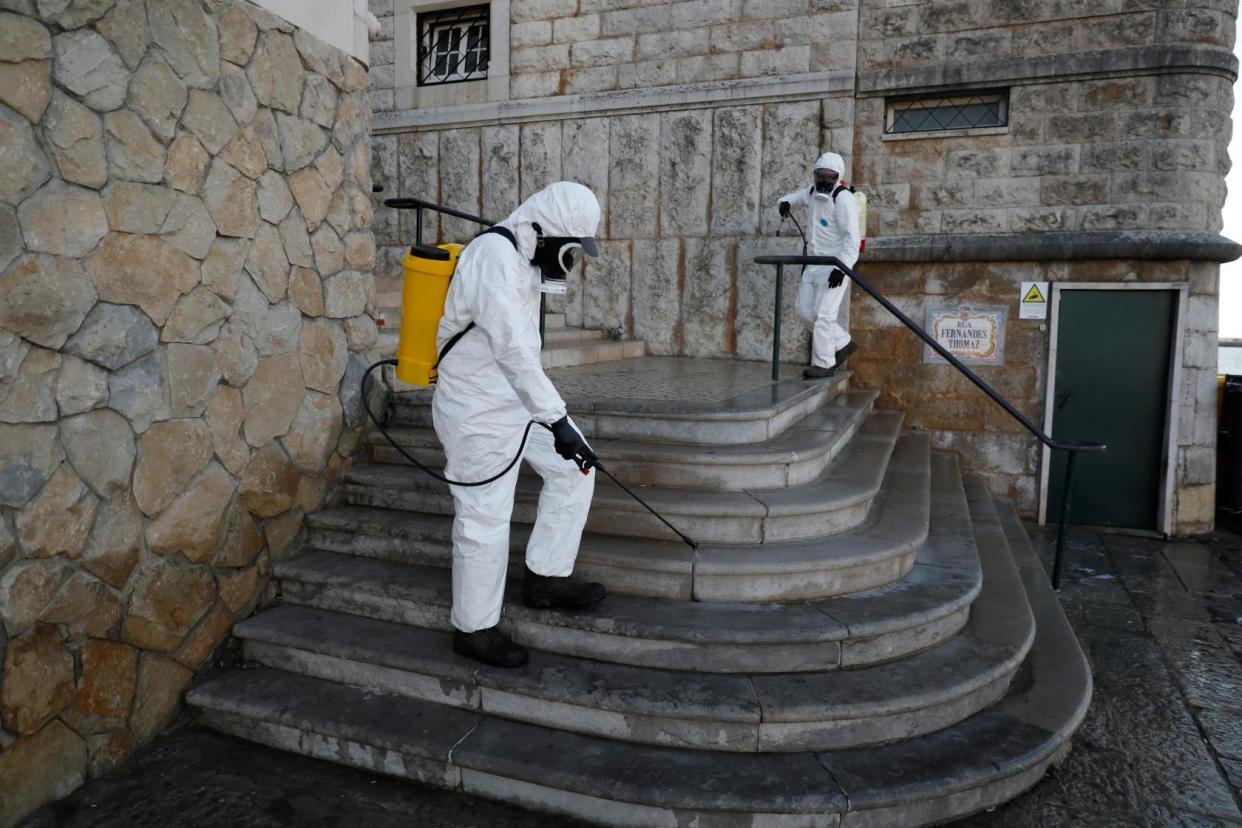Coronavirus: Portugal to treat migrants as residents during pandemic

All migrants and asylum seekers currently living in Portugal are to be treated as permanent residents during the coronavirus crisis, the government has announced.
The changes, announced on Saturday, will ensure foreigners who are still in the middle of applying for official documentation can still access life-saving public services.
They will need only to provide evidence of an ongoing residency request before they can use the country’s health service, welfare system, bank accounts, and work and rental contracts.
Claudio Veloso, spokesperson for the Ministry of Internal Affairs, said the new rules would apply from Monday.
"People should not be deprived of their rights to health and public service just because their application has not yet been processed," he told the Reuters news agency. "In these exceptional times, the rights of migrants must be guaranteed."
The policy is not purely philanthropic: if implemented correctly, officials hope it will help prevent contagion by reducing contract between border control staff and applicants.
The announcement comes as neighbouring Spain became the country with the second highest death toll from Covid-19 – just behind Italy – with some 5,690 people now having succumbing to the virus there.
Portugal, by contrast, has reported just 5,170 cases of the virus with only 100 deaths.
It is not immediately clear how many people the new change in law there would effect but government statistics show that some 135,000 people – the majority of them Brazilians – were granted residency in 2019.
Read more
The dirty truth about washing your hands
What is the difference between Covid-19 and the common cold and flu?
Can face masks really protect you against coronavirus or flu?
The UK government's four stages of fighting coronavirus explained

 Yahoo News
Yahoo News 
